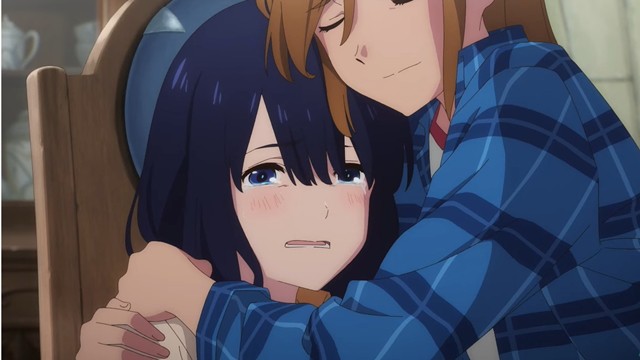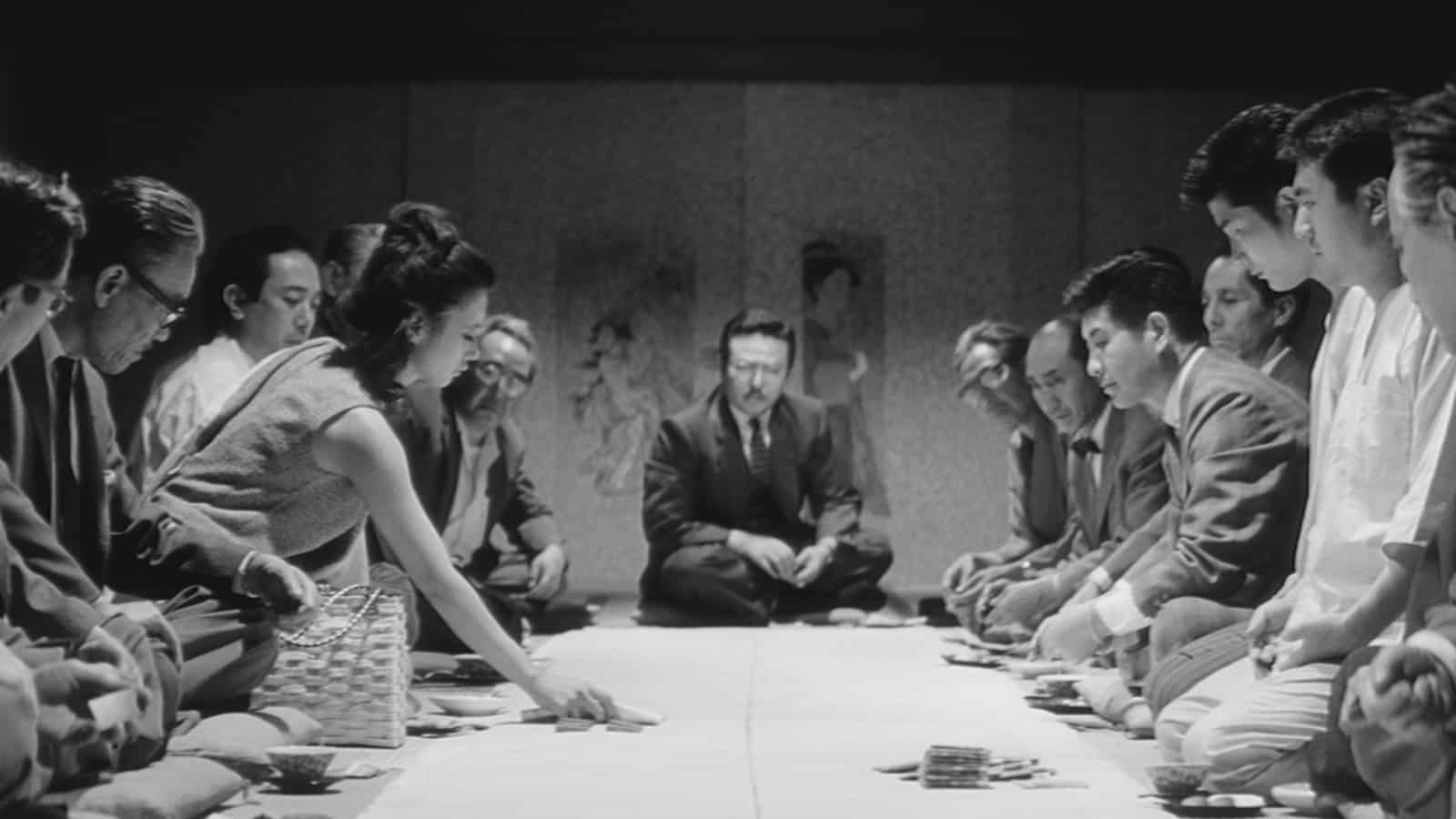Playing games can be educational and otherwise beneficial. It is not necessarily about winning, whatever and however it might be, but more of something more long-term, even permanent, such as lessons learnt and friends made. And some, maybe even most of the in-game stuff, could be translated to the outer, real world that tends to be more cruel than the usual product of human imagination. That could serve as the point of Mizuki Tsujimura's novel and Keiichi Hara's animated feature “Lonely Castle in the Mirror”. The source novel achieved bestseller status in Japan, while the film entered distribution in the East Asian cinemas before its festival showing.
Lonely Castle in the Mirror is screening at Nippon Connection

Our protagonist Kokori lives a life of the middle school's outsider and bottom-feeder. She is bullied by the clique of the school's popular “alpha-bitch”, she does not have many friends and those that she has are also being seduced by her nemesis. Her father is more or less absent, while her mother cannot really reach her, so Kokori often fakes sickness to skip school.
Until one day the mirror in her room starts glowing and acting as a portal to a castle on a rock surrounded by endless sea where a girl in a wolf mask greets her. The wolf-mask-girl, referred only as the Wolf Queen, is a game master of sorts in a game where the participant, called Lost Red Riding Hood, has to find a key and a room so one of their wishes can be granted. Kokori is not the only one playing the game, since there are two more girls and four more boys about the same age as hers. That is not the only thing in common between them, and the game should serve more as a coping mechanism to the harsh school ecosystem than as a competition, until the key-finding and wish-making becomes a matter of life and death to one of the friends after one rule-breaking incident…
The novel touches some of the serious topics from daily life of the youth in Japan and basically everywhere in the fully developed world, such as bullying, peer pressure, distance or absence of parents and dealing with loss, while the film tries to do so as well, in an equally compelling fashion. The trouble is Miho Maruo's adaptation of the source into the screenplay which is too literal in building up to and serving plot twists in the second half and stretched in order to provide all the characters with a convincing back story. In some cases, it succeeds, in others it does not, but the damage is done already with its runtime stretched from ideal 80 or so minutes to nearly 120.
Hara's directing is also in the “hit-and-miss” mode, while never seeming particularly inspired or subtle, which is strange for such a seasoned director of anime features. He can create dramaturgical tension and compelling group dynamics between the characters (relying on the young, yet skilled voice actors), but relies too often on Harumi Fuuki's neo-classical soundtrack to milk the emotional response from the viewers. Technically, the 2D hand-drawn animation works fine, especially in the sequences set in the outer, “real” world, while some digitally rendered backgrounds (castle and its inside mainly) seem a bit too retro, like a thing lifted from a turn-of-the-millennium video-game.
In the end, “Lonely Castle in the Mirror” should work better with the younger, less cynical and nitpicking audiences, in theatres and special programmes rather than at festivals. To make things clear, it is far from a bad film, but it simply does not achieve its initial ambitions. Finally, its important topics could push it a bit farther, and the team behind can deliver a bit of something, but only a bit.
















